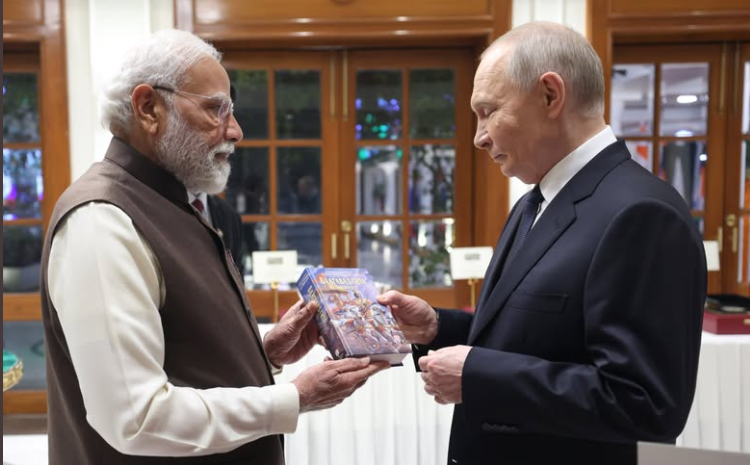How India’s Exports Dodged Trump's Tariff Hike: A $30 Billion Relief
- InduQin
- Aug 4
- 2 min read
US President Donald Trump’s recent tariff hike to 50% on Indian goods has spared $30 billion worth of exports, including pharmaceuticals, electronics, and energy products, which remain exempt. These sectors contribute nearly 29% of India’s $86.51 billion exports to the US. However, risks loom, with potential tariffs of up to 250% on foreign-made drugs and possible policy shifts on smartphone exemptions. As bilateral trade negotiations progress, India’s export resilience faces challenges amid evolving US trade strategies and geopolitical tensions.

In a bold move on August 6, US President Donald Trump escalated tariffs on Indian goods to 50%, doubling the previously imposed rates. This decision, stemming from India’s strategic purchases of Russian arms and energy, has cast a shadow over several labor-intensive exports destined for American markets. However, a significant portion of India’s outbound trade—valued at approximately $30 billion—remains unaffected, thanks to exemptions for key sectors such as pharmaceuticals and electronics.
Pharma and Smartphones: The Bright Spots
India’s pharmaceutical and electronics sectors have emerged as critical pillars of its export resilience. Together, these industries accounted for 10.5billionand10.5 billion and 10.5billionand14.6 billion, respectively, in the fiscal year 2025. Combined, they make up nearly 29% of India’s total exports to the US, which stood at a substantial $86.51 billion during the same period. Products like semiconductors and smartphones, along with life-saving drugs, have been shielded from the steep tariff hikes, ensuring uninterrupted market access for now.
Interestingly, India’s petroleum exports, valued at $4.09 billion in FY25, have also escaped Trump’s tariff escalation. Energy products, another category under the exemption list, continue to flow into the US without facing the burden of higher duties.
A History of Escalation
This exemption is particularly notable given the backdrop of rising trade tensions. Trump had earlier imposed a 25% tariff on most Indian goods on July 30, which served as a precursor to the August 6 announcement. These initial tariffs, like the latest round, notably spared pharmaceuticals, electronics, and energy products, providing some breathing room for Indian exporters.
Risks on the Horizon
While the current exemptions provide temporary relief, they are by no means permanent. The Trump administration has hinted at imposing tariffs as high as 250% on foreign-made drugs, a move that could severely impact India’s pharmaceutical exports. Similarly, the exemption on smartphones and related electronics might be rescinded, depending on the unpredictability of US trade policies.
In the latest executive order, the US government reiterated that goods under the exemption list would continue to enjoy low or zero tariffs, at least for now. However, this assurance remains precarious as the geopolitical climate evolves.
The Bigger Picture
The tariff hikes come as India and the US engage in ongoing negotiations for a Bilateral Trade Agreement (BTA), which both sides aim to finalize by the fall of 2025. The failure of earlier talks to establish a mini trade deal has already set the stage for these reciprocal levies, with the newly announced tariffs taking effect on August 7.
For India, the stakes are high. While the exemptions on pharmaceuticals, electronics, and energy provide a cushion, the looming threat of steeper tariffs on other critical exports underscores the need for a robust trade agreement. As negotiations continue, the resilience of India’s export ecosystem will be tested against the shifting sands of US trade policy.







Comments